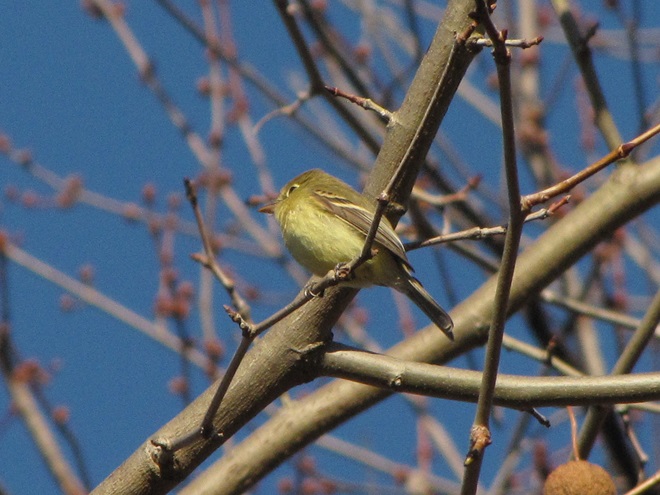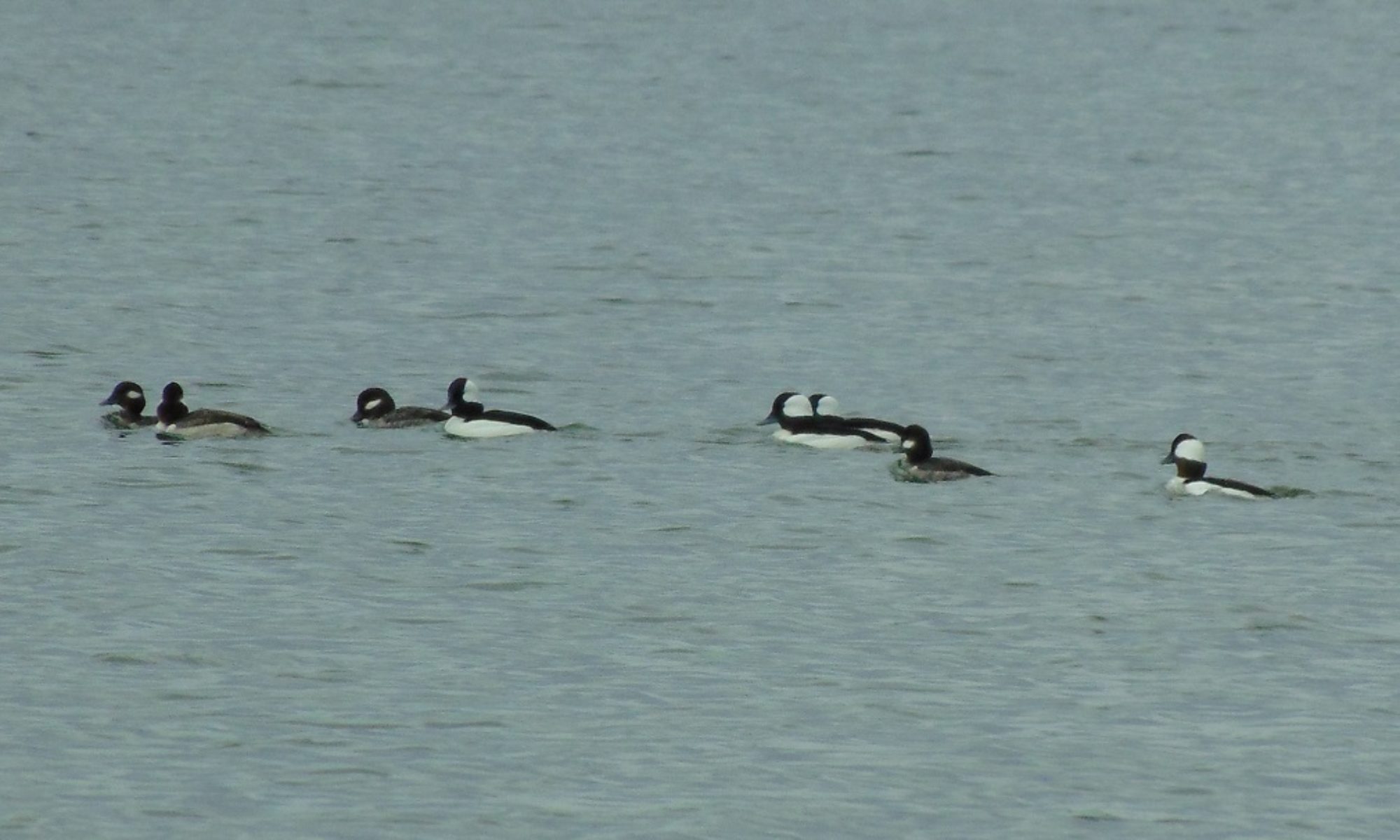What was the attraction that prompted dozens of birders to hike more than a mile to a secluded field edge along the Northwest Lancaster County River Trail on this last full day of autumn? It must be something good.

Indeed it was. A Western Flycatcher (Empidonax difficilis), first discovered late last week, has weathered the coastal storm that in recent days pummeled the Lower Susquehanna River Watershed with several inches of rain and blustery winds. Western Flycatchers nest in the Rocky Mountain and Pacific Coast regions of North America. They spend their winters in Mexico. There are several records of these tiny passerines in our area during December. The first, a bird found in an area known as Tanglewood during the Southern Lancaster County Christmas Bird Count (CBC) on December 16, 1990, was well documented—photographs were taken and its call was tape recorded. It constituted the first record of a member of the Western Flycatcher’s “Pacific-slope” subspecies group ever seen east of the Mississippi River. It was reported through December 26, 1990. The Tanglewood flycatcher and a bird sighted years later on a subsequent “Solanco CBC” were both found inhabiting wooded thickets in the shelter of a ravine created by one of the Susquehanna’s small tributaries.



How long will this wandering rarity remain along the river trail? For added sustenance, sunny days throughout the coming winter offer ever-increasing chances of stonefly hatches on the adjacent river, particularly in the vicinity of the stone bridge piers. But ultimately, the severity of the weather and the bird’s response to it will determine its destiny.
